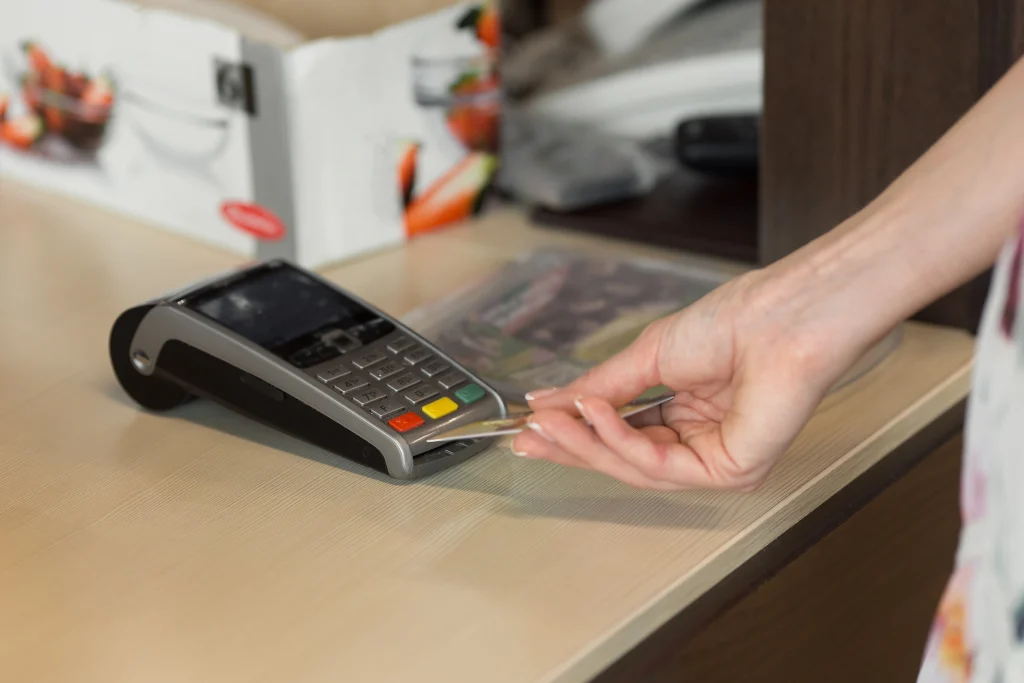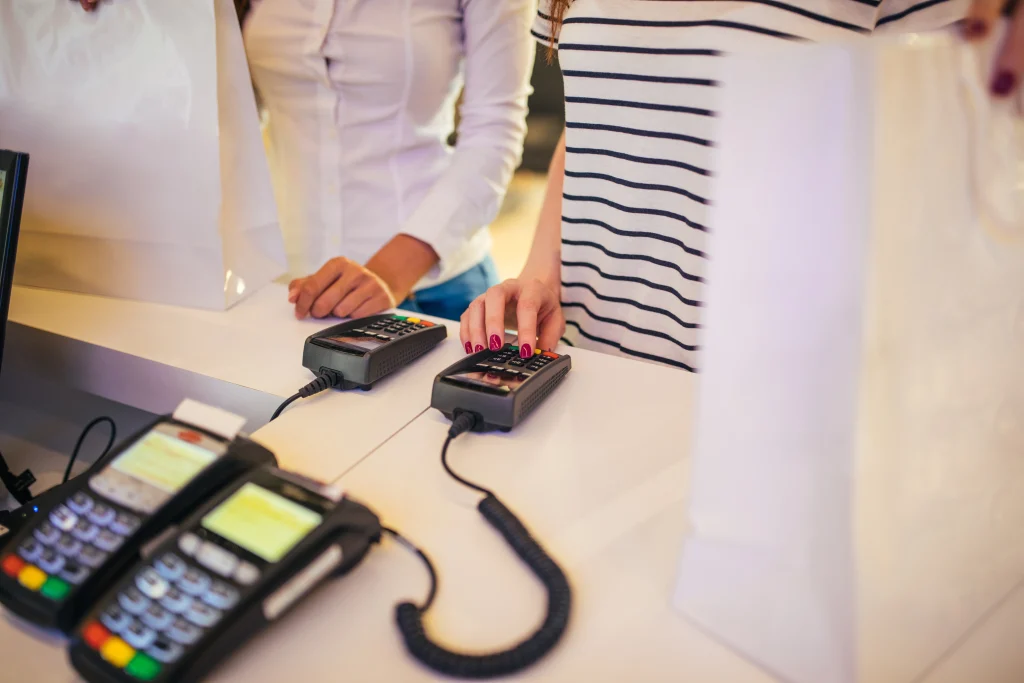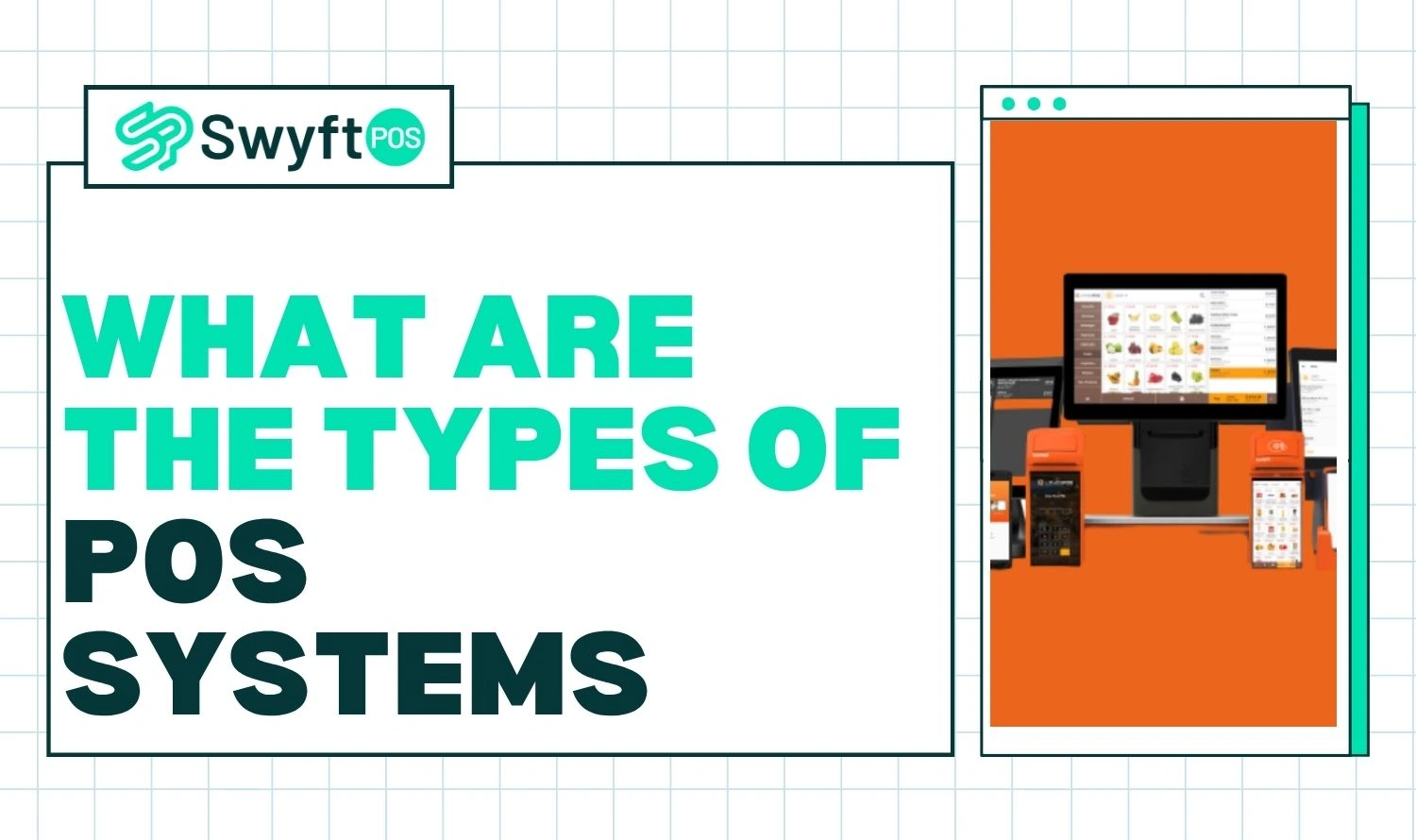You’ve seen it everywhere — that quick beep when your card taps, the instant printout, the smooth checkout. Behind that moment sits a small genius: the POS system.
It might look like a simple machine, but it does much more. It connects your sales, stock, payments, and even your customer data in one spot. Think of it as the quiet crew member running the show while you take the bow.
From street-side stalls to global brands, businesses now run on different POS systems designed to match their pace, size, and goals. Let’s explore what makes each one tick.
What Exactly Is a POS System?
A POS system is the point where a customer pays and your business keeps score. It logs every sale, updates your inventory, and helps you track what’s working. In short, it’s the pulse of your store — digital, reliable, and fast.
The Brains and the Body
Here’s what makes up a modern POS:
- Hardware: screens, scanners, drawers, printers.
- Software: the tool that records and reports everything.
- Payment tech: for cards, wallets, or QR payments.

When these parts work together, transactions become effortless.
The Main Types of POS Systems
No two businesses run the same. That’s why POS systems come in many flavors. Let’s walk through the key ones that keep shops, cafés, and restaurants buzzing.
1. Traditional POS — The Reliable Classic
Picture a supermarket checkout counter. Big screen, barcode beep, paper receipt. That’s the traditional POS — sturdy, reliable, and built to last.
Pros:
- Very secure
- Works even when offline
- Built for high-volume sales
Cons:
- Stationary setup
- Costly to install and maintain
Many large stores still use this setup. Common examples of POS systems here include Square Register and Lightspeed Retail — rock-solid and proven.
2. Mobile POS (mPOS) — The Handheld Hero
This one fits right in your palm. It’s a phone or tablet paired with a small card reader.
Perfect for market stalls, pop-ups, and food trucks.
Pros:
- Super portable
- Fast setup
- Budget-friendly
Cons:
- Needs Internet to run
- Offers fewer advanced tools
If you’ve ever paid for tacos or coffee at a food truck, you’ve used this. Popular examples of POS systems include PayPal Zettle, SumUp, and Shopify POS Go.
3. Cloud POS — The Smart Favorite
This one lives online. You can access your sales data from anywhere — home, office, or beach. It’s a top pick for growing brands with multiple branches.
Pros:
- Data updates in real time
- Automatic backups
- Easy to manage remotely
Cons:
- Needs a stable Internet
- Ongoing subscription fees
Cloud systems lead the modern market for different POS systems. Big names like Clover, Toast, and Square POS dominate here for good reason.
4. Tablet POS — The Café Darling
Walk into your favorite café, and you’ll spot one. Sleek tablet. Swipe-friendly screen. Fast and stylish.
Pros:
- Compact and easy to use
- Looks modern and tidy
- Great for smaller counters
Cons:
- Can wear down faster
- Needs charging or mounts
These are common in cafés, salons, and boutiques. Well-known examples of POS systems include Revel, Square Stand, and Lightspeed.
5. Self-service Kiosk POS — Let Customers Take the Wheel
Ever ordered fries from a touchscreen or checked in at an airport? That’s a kiosk POS. It gives customers control — they tap, pay, and go.
Pros:
- Reduces waiting time
- Increases order accuracy
- Great for upselling
Cons:
- Expensive setup
- Needs regular maintenance
Fast-food chains and theaters love these. Toast Kiosk and NCR SelfServ are trusted names in this space.
6. Multichannel POS — The All-in-One Maestro
This is the future of selling. It ties together your online store, physical shop, and even mobile sales — all synced in real time.
Pros:
- Unified stock and sales data
- Smooth customer experience
- Perfect for hybrid businesses
Cons:
- Can get complex to manage
- Slightly higher costs
Imagine a customer seeing a shirt online, trying it in-store, and returning it through an app. That’s multichannel POS in action. Brands like Shopify Pro, Vend, and Lightspeed Omnichannel make it happen.
POS Systems Compared: Side-by-Side Snapshot
| POS Type | Ideal For | Pros | Cons | Examples |
| Traditional | Retail chains | Reliable, offline use | Costly setup | Square Register, Lightspeed |
| Mobile (mPOS) | Food trucks, fairs | Portable, cheap | Needs WiFi | SumUp, Zettle |
| Cloud-based | Multi-location stores | Real-time sync | Subscription fees | Toast, Clover |
| Tablet | Cafés, salons | Compact, modern | Fragile | Revel, Square Stand |
| Self-service Kiosk | Fast food, airports | Faster service | Expensive hardware | NCR, Toast Kiosk |
| Multichannel | eCommerce + stores | All-in-one view | Complex setup | Shopify Pro, Vend |
This table gives a clear look at how different POS systems fit different setups.
How to Pick the Right POS
Before you pick, ask yourself: have you considered the cost of POS systems and how it fits your budget and business needs?
- Do I sell online, offline, or both?
- How many transactions do I handle daily?
- Do I need remote access?
- Am I ready for monthly fees, or do I prefer one-time costs?
Pro Insight
Match your POS to your workflow, not the trend. A street vendor doesn’t need enterprise tools, and a busy restaurant can’t survive on a mobile-only system. Choose what makes your operations smoother, not just fancier.
The Future of POS Systems
POS tech is becoming more intelligent. Systems now track what sells best and alert you before stock runs out. Some even predict trends.

They’re also getting personal, tailoring experiences for repeat customers. The goal isn’t just faster sales anymore; it’s smoother relationships between business and buyer.
Beyond Retail
POS tools are now everywhere. Hospitals use them for billing. Hotels use them for room charges and dining. Event organizers rely on them for quick ticketing.
As tech grows, POS will move from being a “checkout tool” to a full business partner.
The Final Checkout
No matter your business size, your POS system is your daily backbone. It keeps things moving, tracks what matters, and helps you serve faster.
Choosing the right one isn’t about picking the flashiest brand. It’s about finding the one that feels right for your rhythm.
Start with your needs. Research your options. Test a few examples of POS systems before locking in by connecting with our experts at Swyft POS.
At the end of the day, the perfect POS doesn’t just process payments — it powers progress, one sale at a time.
Frequently Asked Questions
1. What is the difference between a POS and a cash register?
A cash register only records sales and stores money, while a POS system manages sales, inventory, reporting, and customer data. POS is an all-in-one business management tool.
2. Which POS system is best for small businesses?
Mobile and tablet POS systems like Square or Clover Go are ideal for small businesses. They are affordable, easy to set up, and offer essential features for growth.
3. Can a POS system work without the Internet?
Yes, many on-premise systems and some cloud POS solutions offer offline modes. However, full functionality like reporting and syncing requires an Internet connection.
4. How much does a POS system cost?
Costs vary widely depending on the type. Cloud POS may start at $30–$100 per month, while traditional systems with hardware can run into thousands upfront.
5. What industries benefit most from POS systems?
Retail, restaurants, hospitality, and service-based businesses benefit the most. Each industry uses tailored POS features like table management, appointments, or room billing.





